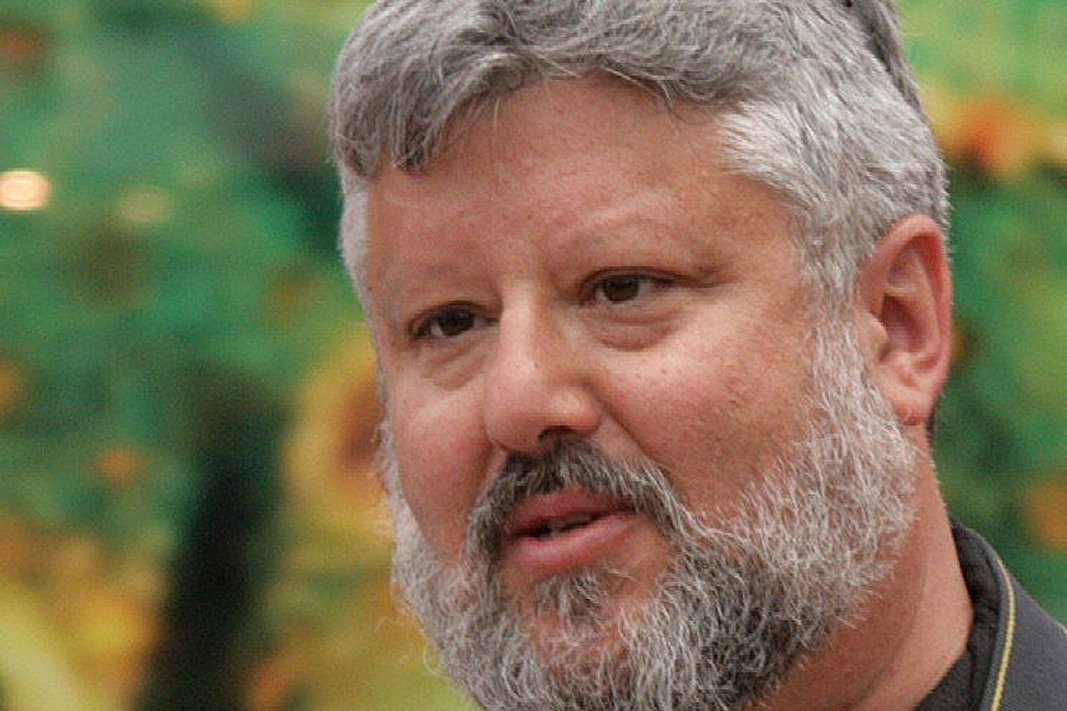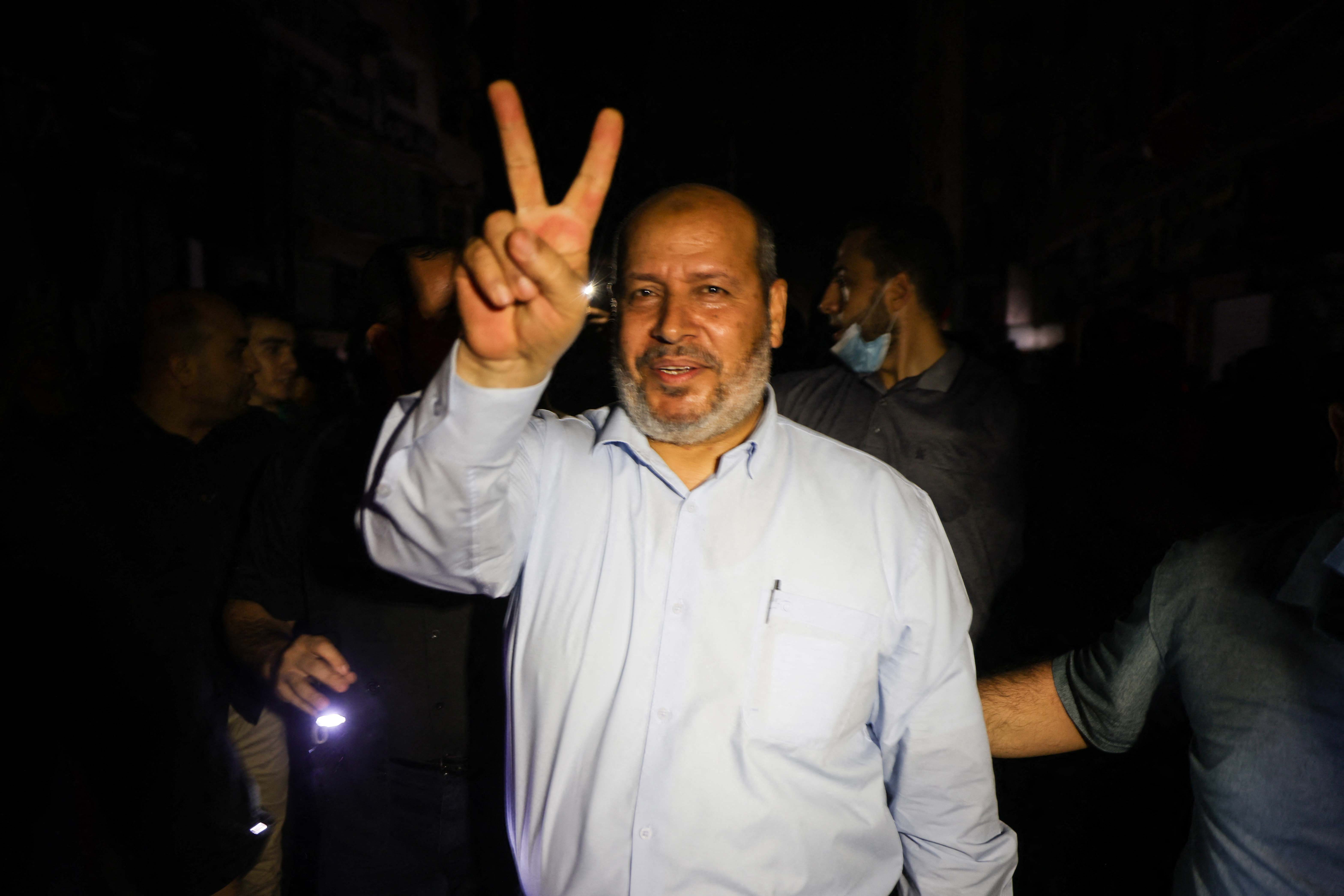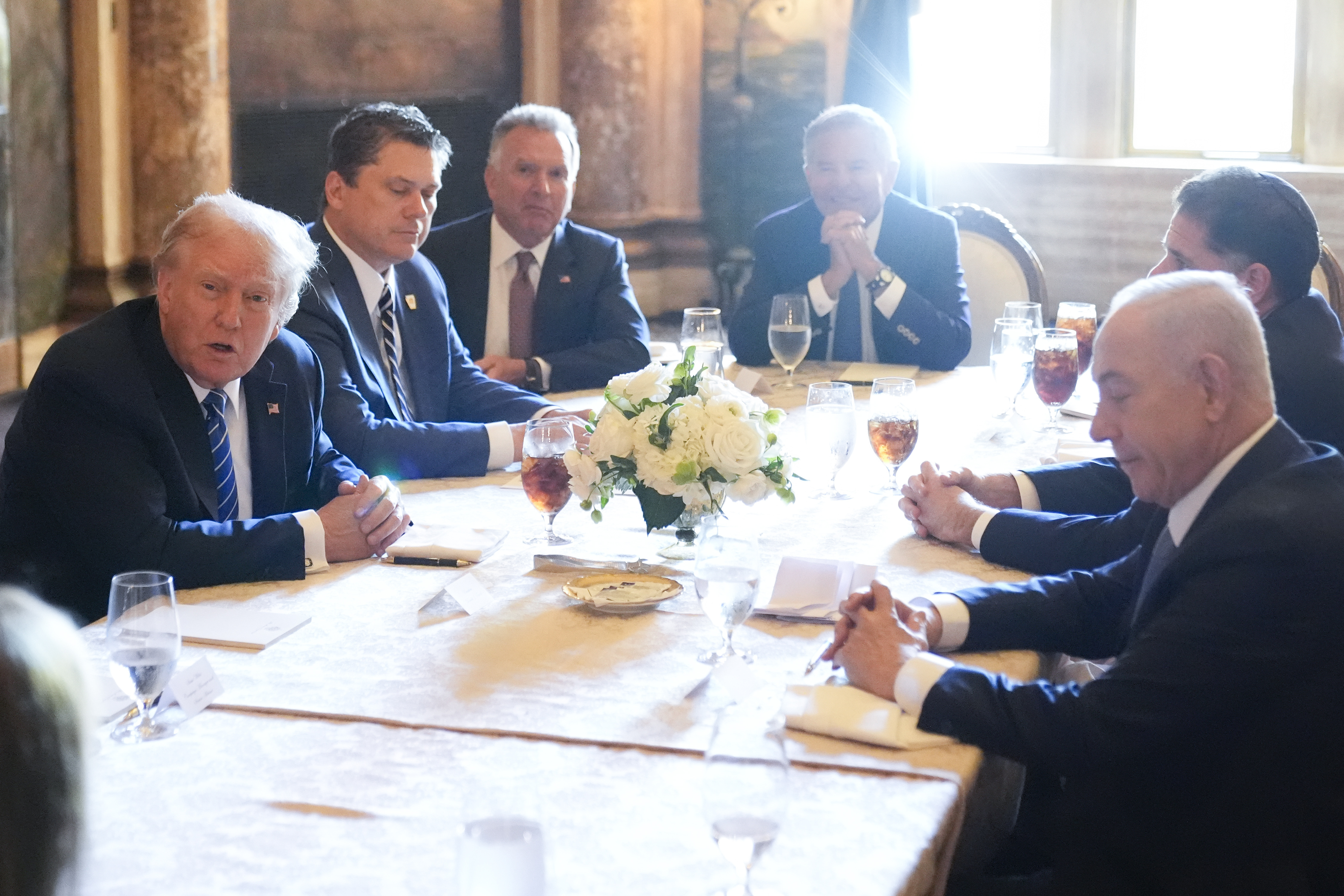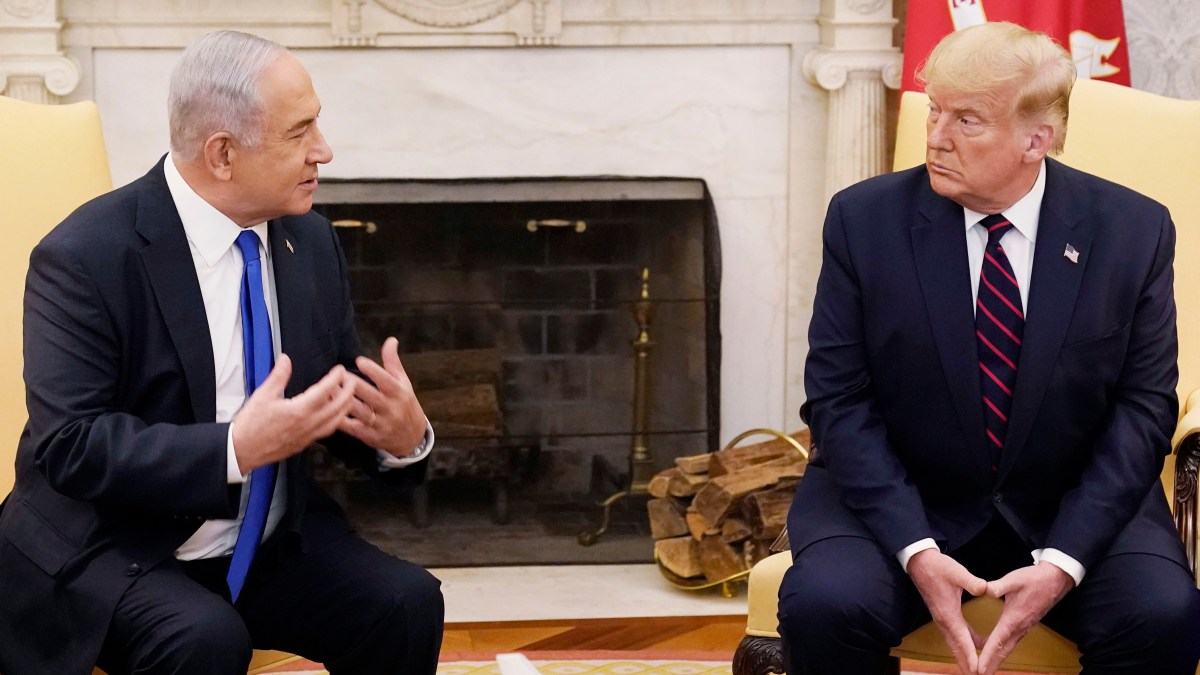Israelis and Palestinians may have danced in the streets when news broke overnight that a deal had been reached between Hamas and Israel over the first phase of a peace deal for Gaza.
But the terms of the deal were in place more than a year ago, according to an independent Israeli negotiator, and could have been agreed months ago.
Gershon Baskin, the architect of the negotiations that freed the Israeli soldier Gilad Shalit in 2011, revealed on Thursday that Hamas had agreed the exact same terms of the deal in September 2024, in the last months of the Biden administration, but that Biden officials had disregarded it while Binyamin Netanyahu had refused point blank.

Celebrations in Hostages Square, Tel Aviv, yesterday after the announcement that Israel and Hamas had agreed to the first phase of a peace plan
OHAD ZWIGENBERG/AP
“This deal could have been done a long time ago,” Baskin wrote in an essay revealing his involvement. “Hamas agreed to all of the same terms in September 2024 in what became known as the ‘Three Weeks Deal’ that I had received in writing and voice message in Arabic and in English. But at that point the response of the Israeli negotiators was that ‘the prime minister did not agree to end the war’.”
Baskin said he got his plan on to Biden’s desk but was unable to get a hearing from his chief negotiator. “Brett McGurk refused to sway from the bad deal that he was negotiating,” he said.
Baskin said members of the American negotiating team “were as frustrated as I was in their inability to convince Biden and Biden’s people to look seriously at the deal on the table”. In Doha, the Qataris said they could do nothing more “without the American adoption of the plan, nothing could be done, because the obstacle was Israel”.
Baskin would soon learn that the Israelis had no intention of striking any agreement before a change of administration in Washington. On December 26, 2024, Baskin met Ronen Bar, then head of the Shin Bet agency, where he “was requested not to use my back channels, because ‘in three weeks there will be a ceasefire deal’”.
“From that moment, it was clear to me that the only way that the war would come to an end is when President Trump makes the decision that it has to end,” he said. He set about establishing a back channel to Trump’s envoy, Steve Witkoff, “knowing that the negotiation did not have to be directly with the Israeli side. The Israeli side would accept whatever Trump forced them to accept.”

Gershon Baskin
DANIELLA CHESLOW/TRIBUNE NEWS SERVICE/GETTY IMAGES
Baskin heard Witkoff would be at a bitcoin conference in Abu Dhabi and caught a flight there. The encounter led to swift negotiations resulting in a ceasefire on January 19, allowing Trump to boast that he had brought peace to the Middle East before he even returned to office the next day.
The ceasefire had three stages, the first of which saw 33 Israeli hostages released in exchange for 1,900 Palestinian prisoners, while Israeli troops were to withdraw from populated areas and humanitarian aid flooded in. The second and third stages were designed to achieve a permanent ceasefire with the release of additional hostages and prisoners while Israel completely withdrew and reconstruction began. The deal collapsed when Israel refused to progress past the first stage, stranding the remaining hostages. Israel put Gaza under siege and launched a fresh offensive. Each side traded blame over the coming months as famine gripped parts of Gaza.
On September 8, Baskin was with American negotiators as the Qatari government presented Hamas with effectively the same deal from a year earlier. With only 20 living hostages remaining, they were all on the table at the same time.
• Israel and Hamas agree on first phase of Gaza peace plan, says US
The negotiations collapsed a day later when Israel bombed the home of the Hamas official Khalil al-Hayya, killing his son.

Khalil al-Hayya flashes the V-sign for victory to celebrate a ceasefire in Gaza in May 2021
MOHAMMED ABED/AFP/GETTY IMAGES
“Hamas was convinced the attack could not have happened without the agreement of Trump,” Baskin said. The next day, Witkoff texted Baskin saying: “We had zero to do with this. They have apologised to us.”
Baskin’s task was to persuade Hamas the US was not involved. “I did not make suggestions regarding the Israeli side because for over a year I believed that if President Trump decides that the war has to end, Trump will force Netanyahu into the agreement,” he said. “That is exactly what happened.”
Arab leaders infuriated by the Doha strike went to the White House where Baskin’s plan formed the basis of what would become Trump’s 20-point plan.
Trump called Netanyahu personally to tell him they were close to a deal. Netanyahu tried to resist. “Why are you so negative?” Trump is reported to have fumed. When Netanyahu tried to tweak the plan, Qatari mediators, who had refused to leave, did their best to pull him back.

Trump and Netanyahu at Mar-a-Lago last year
ALEX BRANDON/AP
Hamas signalled their agreement, despite silence on key issues such as disarmament, and Trump enthusiastically accepted.
It would take a few more days before Turkish, Egyptian and Qatari mediators met the Americans in Sharm el-Sheikh, where they shuttled for three days between Israeli and Hamas representatives. At 2am on Thursday, the Israelis and Hamas left their separate enclaves to face each other for the first time. “The deal was signed,” Baskin wrote.
“And now we have to wait for its full implementations. And now we can begin to breathe again.”

